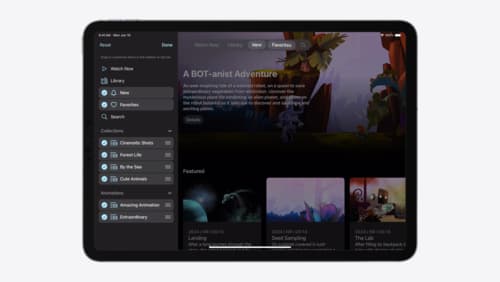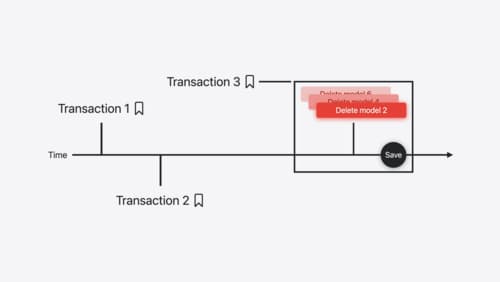Which delegate methods do I need to implement for NSTableviewDatasource?
Asked on 2024-09-09
1 search
I don't have specific information on the delegate methods required for NSTableViewDataSource from the provided context. However, typically, to implement an NSTableViewDataSource, you need to implement at least the following methods:
numberOfRows(in:)- Returns the number of rows in the table view.tableView(_:objectValueFor:row:)- Returns the data object associated with the specified row and column.
For more detailed information, you might want to check the official Apple documentation or relevant WWDC sessions that cover NSTableView and its data source methods. If you have any other questions about WWDC content, feel free to ask!

Elevate your tab and sidebar experience in iPadOS
iPadOS 18 introduces a new navigation system that gives people the flexibility to choose between using a tab bar or sidebar. The newly redesigned tab bar provides more space for content and other functionality. Learn how to use SwiftUI and UIKit to enable customization features – like adding, removing and reordering tabs – to enable a more personal touch in your app.

Create a custom data store with SwiftData
Combine the power of SwiftData’s expressive, declarative modeling API with your own persistence backend. Learn how to build a custom data store and explore how to progressively add persistence features in your app. To get the most out of this session, watch “Meet SwiftData” and “Model your schema with SwiftData” from WWDC23.

Track model changes with SwiftData history
Reveal the history of your model’s changes with SwiftData! Use the history API to understand when data store changes occurred, and learn how to use this information to build features like remote server sync and out-of-process change handing in your app. We’ll also cover how you can build support for the history API into a custom data store.
